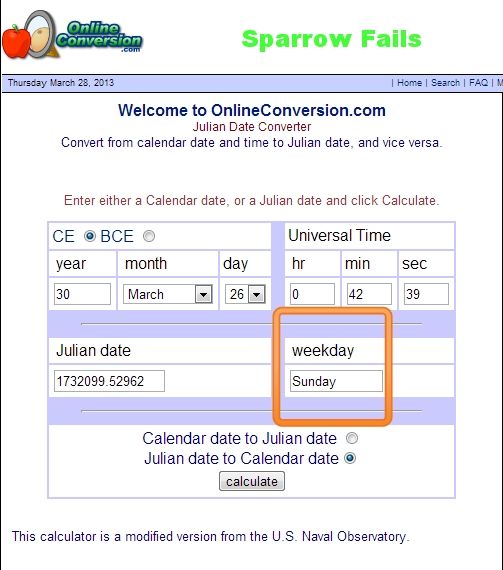Ok Sparrowhawke... He Did not say 72 hours. But did he say it could be less or more? If you want to throw at me that he didn't say it had to be 72 hours, I'm going to throw it back at you that he didn't say it had to be less than 72 hours.
But Jesus did say that there were 12 hours in a day. He said it in a rhetorical question (John 11:9). By default, I suggest that means there are 12 hours in a night and that makes 24 hours in a calandar day. So I can absolutely without question and being endorsed by the words of Jesus say that there are 12 hours in a day and when he says, "3 days" he means 3 twelve hour periods. He never defined the night as being 12 hours, but like I said, by default, it is.
The problem is, if you accept that Jesus said a day was 12 hours, neither the Friday Crucifixion nor the Thursday Crucifixion model works. I will roll my eyes if you say that a night doesn't have to be 12 hours, but will not accept that a day is any less than 12 hours when our Lord himself defined what a day is.
The funny thing is that this isn't a matter of 2 or 3 hours, it's a matter of 6 to 12 hours not being accounted for.
I second what you say about 72 hours, and the correct timeline using biblical feasts, bible stories and prophecies (i.e. Jonah) is my
post 101.
The main problem I have is apparently I don't communicate well, and/or assume that when people debate the calendar and time that they understand where I'm coming from, but then as I read comments I see that they know diddly about the subject like an elementary math student telling a calc professor how to do their problems (as a humorous analogy).

You see, Yeshua's comment about 12 hours in a day DOES indicate he was alluding to what us gnomonists (sundial makers) call
seasonal hours. It is a clue that he was probably thinking of a time-keeping device (sundial) used by the Romans and earlier called a
hemispherium which is a semi-sphere facing upward like a bowl. What the ancients did was place a gnomon (pointer) over it such that the tip was a point in the center (called a nodus). The tip of this nodus traced a shadow path which was an inverted image of the sun's path across the sky. They would take the circular path of this nodus and no matter how long or short it was (due to the varying seasons) they would divide it into 12 equal parts. Thus, summer hours were longer and winter hours shorter, but then there were 12 hours in the night which were reversed. Winter night hours were long and and summer night hours short. Since there's always a set of long and short hours together, the day, of course, is still 24 hours like ours is today. It was not until recent time we came up with the concept of
equinoxial hours instead to the varying length
seasonal hours.
Anyhoo.... the long story short is that by that "cryptic" mention of 12 hours, for want of a better term, he was defining his days and nights as 12 hours each just as you said. When he clearly stated "three days and three nights", it is too precise of a time, and ceases to be an idiom for part of a day. Thus, a Wednesday crucifixion is the only day possible to make it mathematically possible and sound.







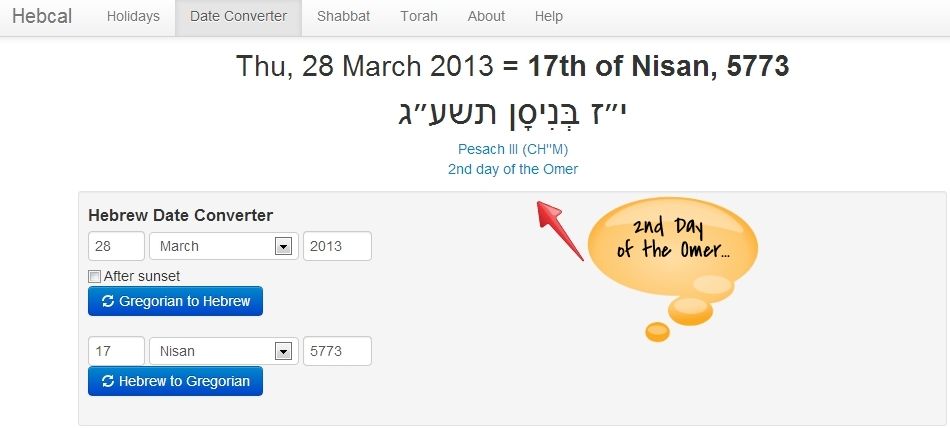
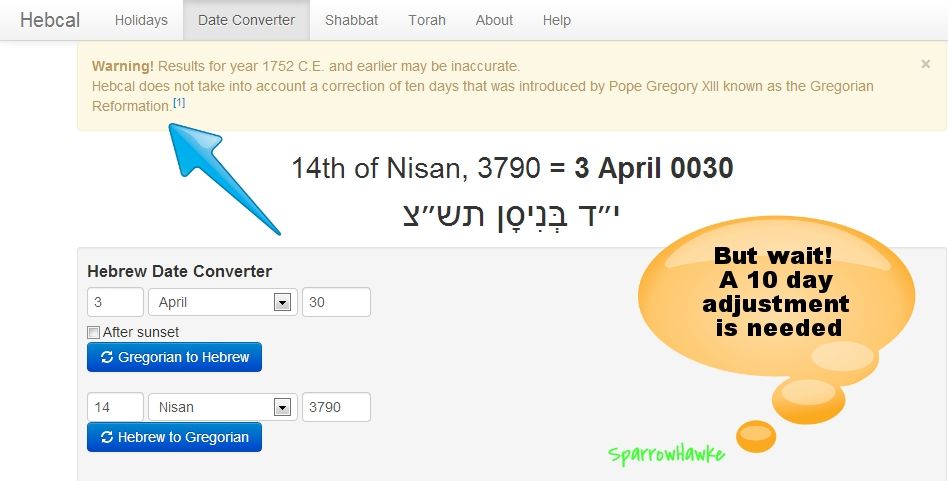
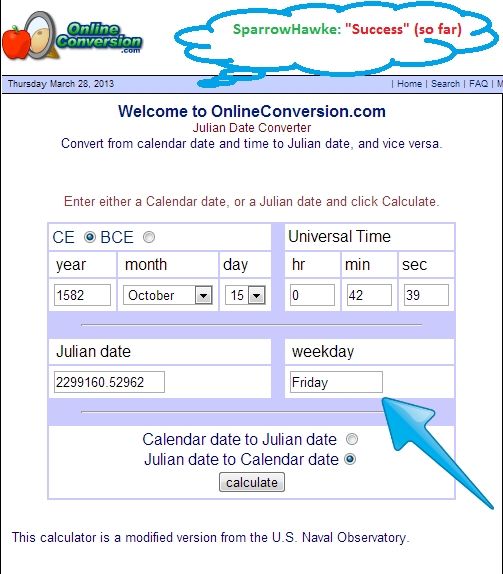
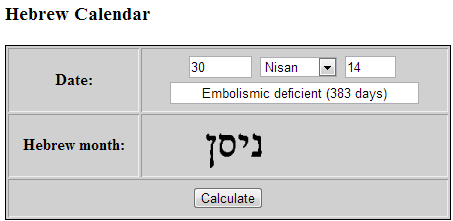
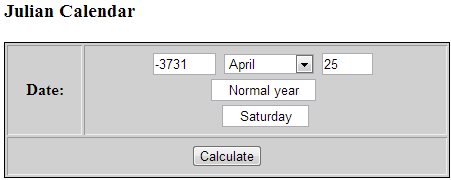
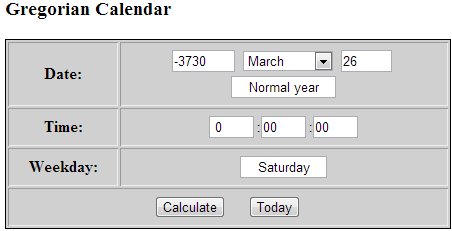
 Confirmation: (drum roll, please)
Confirmation: (drum roll, please)